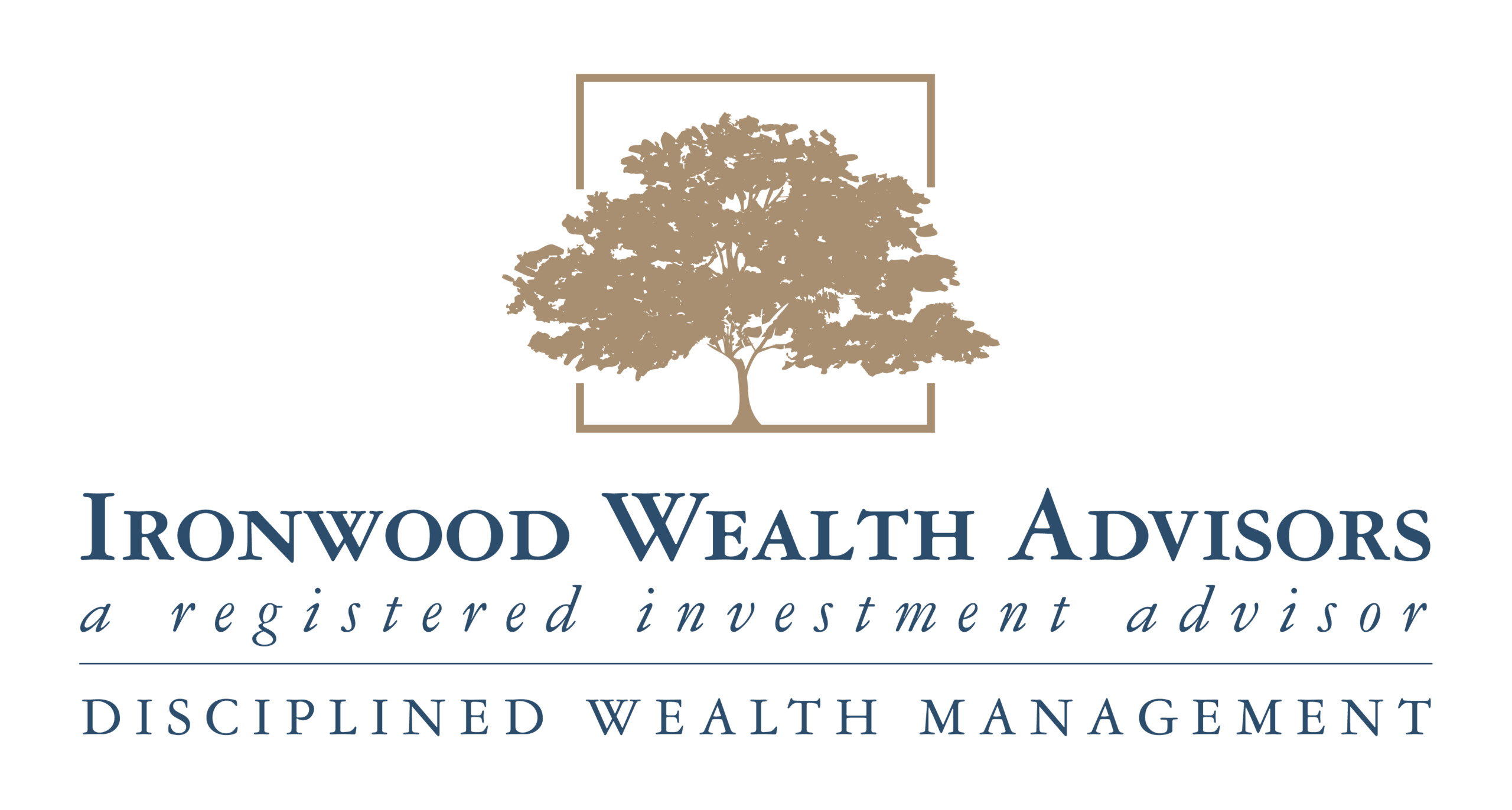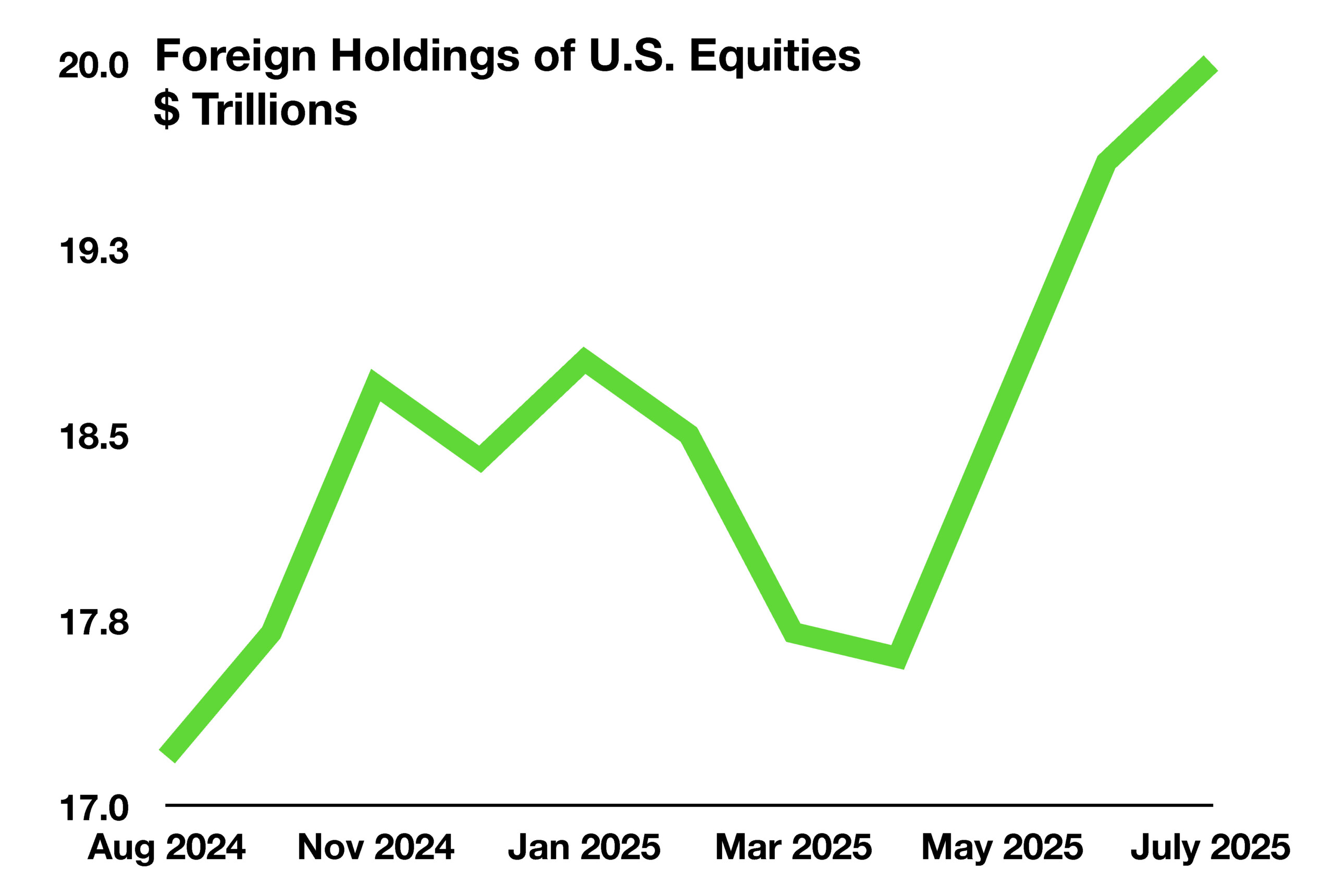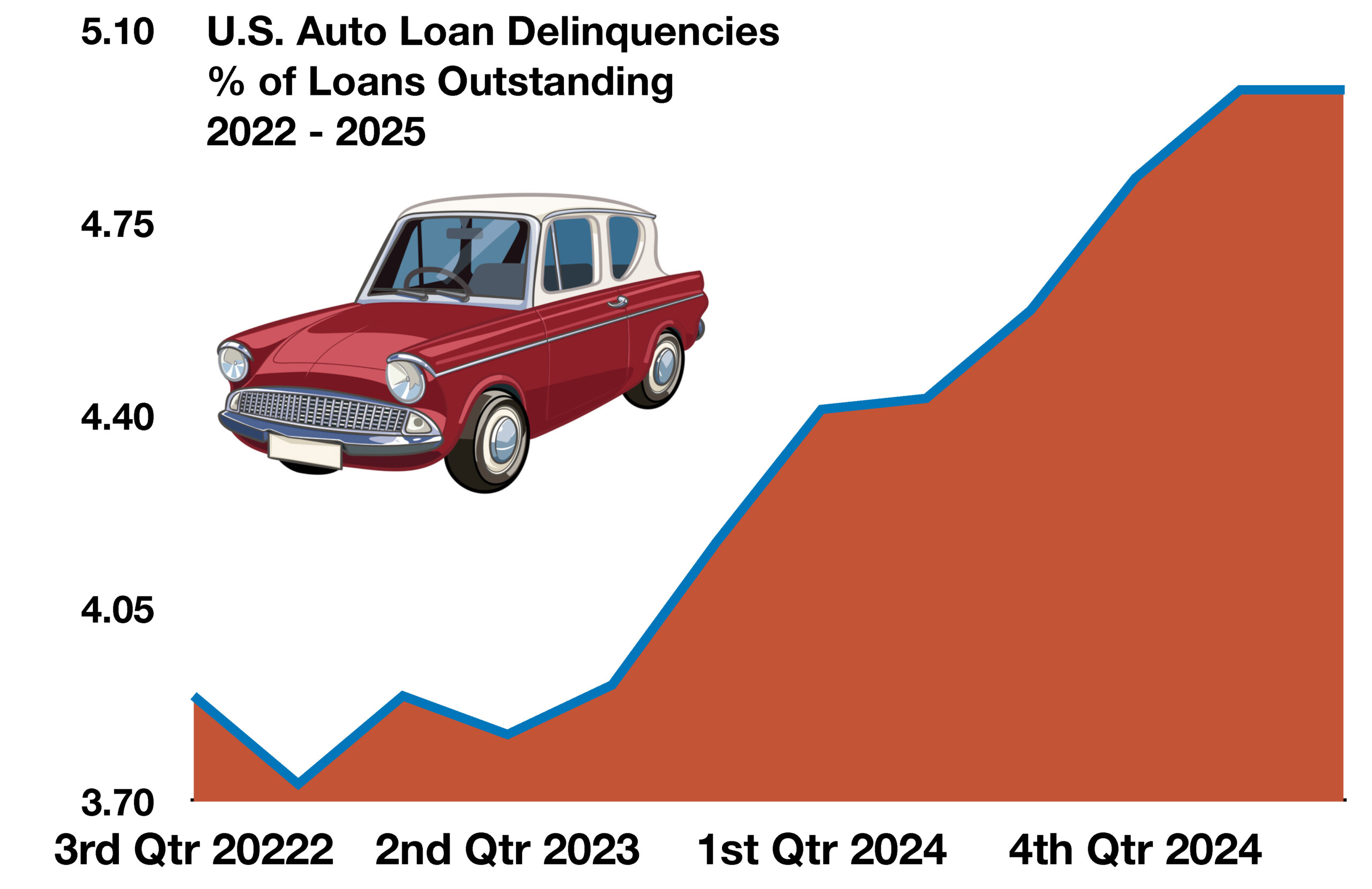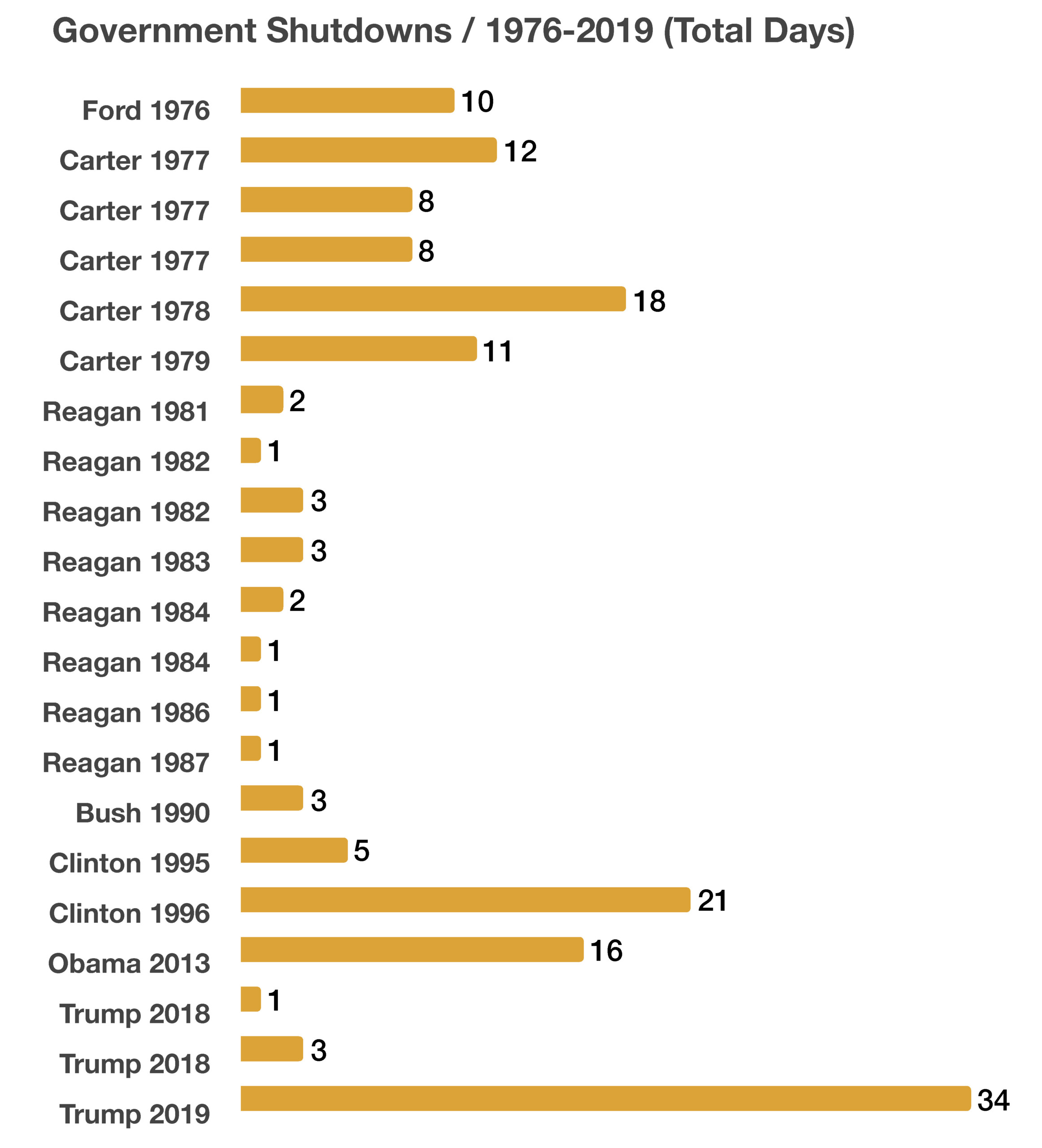
Derek J. Sinani
Founder/Managing Partner
derek@ironwoodwealth.com
7047 E. Greenway Parkway, Ste. 250
Scottsdale, AZ 85254
480.473.3455
Stock Indices:
| Dow Jones | 46,397 |
| S&P 500 | 6,688 |
| Nasdaq | 22,660 |
Bond Sector Yields:
| 2 Yr Treasury | 3.60% |
| 10 Yr Treasury | 4.16% |
| 10 Yr Municipal | 2.92% |
| High Yield | 6.56% |
YTD Market Returns:
| Dow Jones | 9.06% |
| S&P 500 | 13.72% |
| Nasdaq | 17.34% |
| MSCI-EAFE | 22.34% |
| MSCI-Europe | 24.64% |
| MSCI-Pacific | 17.97% |
| MSCI-Emg Mkt | 25.16% |
| US Agg Bond | 6.13% |
| US Corp Bond | 6.88% |
| US Gov’t Bond | 5.93% |
Commodity Prices:
| Gold | 3,882 |
| Silver | 46.77 |
| Oil (WTI) | 62.52 |
Currencies:
| Dollar / Euro | 1.17 |
| Dollar / Pound | 1.34 |
| Yen / Dollar | 148.71 |
| Canadian /Dollar | 0.71 |
Macro Overview: The Fed’s decision to ease rates in September was a proactive measure to address a slowing labor market, rather than a response to diminishing inflation. Markets carefully follow Federal Reserve decisions as a signal of where the economy is likely headed. Labor market data and economic releases provided by the federal government, which the Federal Reserve and economists rely on, are coming under escalating scrutiny. There is an increasing reliance on labor market data compiled by private companies, not the government, as credibility with the Bureau of Labor Statistics has progressively deteriorated.
The most recent government shutdown is the first in seven years, previously having lasted 35 days from December 22, 2018, to January 25, 2019. Current federal agencies and departments that are closed or affected by the shutdown that began on October 1, 2025, include the Department of Health, the Department of the Interior, the Social Security Administration, and the IRS. The absence of government labor statistics during the shutdown will likely force the Fed to cut rates again at their October meeting due to the need to rely on September data, which reflected a weakening labor market.
Inflation as a result of the recently imposed tariffs is coming into question by some analysts and economists, as a large portion of companies are not passing along the cost of tariffs in the form of higher prices. More companies are absorbing tariff costs in order to maintain market share and to compete more favorably. Moreover, tariffs are a one-time price increase versus a persistently increasing price change.
Consumer financial strain is seeping through to portions of the financial markets – a trend I will closely monitor. Delinquency rates have been rising over the past few months for auto loans, credit card accounts, and certain mortgages. Many economists are attributing the delinquencies to a weakening job market and minimal wage growth.
As the trade climate has shifted over the past few months, some unintended consequences from the tariffs have emerged. The European Union has begun to assemble new trade agreements with the Philippines, Thailand, and Malaysia that will be effective by 2027, in order to avert the possibility of future tariff challenges with the U.S. Such arrangements leave the U.S. out of future trading opportunities that provide favorable terms for U.S. companies and importers.
U.S. equity markets excelled in the third quarter, as consumer spending kept momentum on track for a positive trending performance. Analysts are increasingly focusing on company earnings and a softening labor market as the fourth quarter sets in. I expect strong quarterly earnings results and will monitor the labor market closely.
The spread or difference between investment-grade corporate bond yields and Treasury bond yields hit the smallest difference since 1998 in the 3rd quarter. The spread is essentially the higher yield that investors demand from investment-grade corporate debt versus risk-free government debt, such as Treasury bonds. Analysts believe that the bond market is signaling a gradual decrease in confidence surrounding government debt and an increasing conviction in corporate financial stability.

 As credit card balances have been increasing, so have delinquencies, with a growing number of consumers falling behind on payments. Credit availability has expanded over the past few years as non-traditional private finance companies and lenders, rather than banks, have been lending in markets that for years were dominated by banks. Exposure to delinquencies and defaults has been slowly shifting from banks to non-traditional lenders. (Sources: Federal Reserve Bank of St. Louis)
As credit card balances have been increasing, so have delinquencies, with a growing number of consumers falling behind on payments. Credit availability has expanded over the past few years as non-traditional private finance companies and lenders, rather than banks, have been lending in markets that for years were dominated by banks. Exposure to delinquencies and defaults has been slowly shifting from banks to non-traditional lenders. (Sources: Federal Reserve Bank of St. Louis) Government shutdowns entail partial closure of certain agencies and departments, not complete closures. Departments affected during the most recent shutdown include Homeland Security, Housing & Urban Development, Commerce, FCC, Coast Guard, FEMA, Interior, Transportation, and the IRS. Federal employees deemed as “essential” among the various departments are required to work without pay until a funding bill is passed by Congress. The closures affect numerous private businesses that rely on and adhere to regulatory rules imposed by the Federal government, such as mortgage loans and the IRS. (Sources: Congressional Records)
Government shutdowns entail partial closure of certain agencies and departments, not complete closures. Departments affected during the most recent shutdown include Homeland Security, Housing & Urban Development, Commerce, FCC, Coast Guard, FEMA, Interior, Transportation, and the IRS. Federal employees deemed as “essential” among the various departments are required to work without pay until a funding bill is passed by Congress. The closures affect numerous private businesses that rely on and adhere to regulatory rules imposed by the Federal government, such as mortgage loans and the IRS. (Sources: Congressional Records)